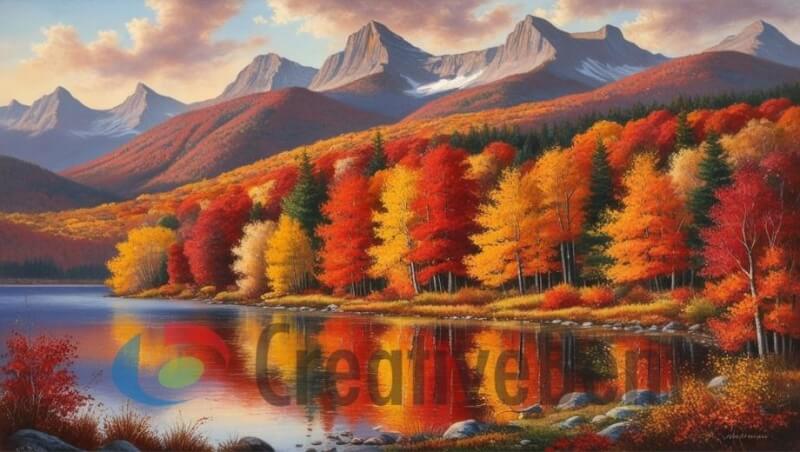
In the world of art, landscape painting, a style that has endured through the ages, has a special place. Landscape paintings, which capture the amazing beauty of the natural world, can take viewers to far-off places, arouse emotions, and promote a strong bond with nature. The many landscapes that surround us, from pristine wilderness to bustling urban panoramas, have been preserved and celebrated in large part because of landscape artists.
A Journey through History
Paintings of landscapes were first created in ancient civilizations, where they were frequently combined with religious or mythological stories. However, landscapes didn’t start to become a separate theme until the Renaissance. Although landscape painting was developed by artists such as Albrecht Dürer and Leonardo da Vinci, it was firmly established as a distinct art style by the Dutch Golden Age painters, such as Rembrandt and Vermeer.
Embracing the Majesty of Nature
With the Romantic movement, landscape painting reached its pinnacle in the 19th century. Through their expert use of light and color, artists like J.M.W. Turner and Caspar David Friedrich captured the majestic majesty of nature while emphasizing feelings and spirituality. These paintings frequently featured ominous clouds, enormous mountains, and rough seas, evoking a sense of the sublime that inspired awe in spectators.
Revolution in En Plein Air
In the middle of the 19th century, en plein air, or painting outside, became a groundbreaking method for painting landscapes. The Impressionists promoted this technique so that artists could accurately portray the natural world’s shifting light and atmosphere. Pioneers like Claude Monet and Pierre-Auguste Renoir rejected conventional studio procedures in favor of working outside, which gave their paintings a sense of spontaneity and realism.
The Reflection of Human Psyche in the Landscape
Paintings of landscapes frequently go beyond simple aesthetic representation to include the artist’s feelings and experiences. Vincent van Gogh’s artwork is a moving illustration of this link between the artist’s psyche and the natural environment. His turbulent emotional battles and love for the beauty of nature are depicted in “Starry Night” and “Wheatfield with Crows” by his swirling, vivid brushstrokes.
Art for Environmental Preservation
Landscape painting became popular among some artists as urbanization and industrialization increased as a way to spread awareness of environmental issues. In America, under the direction of Thomas Cole and Albert Bierstadt, the Hudson River School produced imposing landscapes that praised the untainted wilderness while emphasizing the need for conservation. By drawing attention to problems like deforestation, climate change, and threatened and endangered species, contemporary artists continue to promote ecological sustainability through their work.
Personal Interpretation Journey
Painting landscapes offers artists the chance to express themselves and give their interpretations. Each artist adds personality to their work with their own unique aesthetic and viewpoint. Every brushstroke, from Andrew Wyeth’s exact realism to Georgia O’Keeffe’s abstracted landscapes, communicates the artist’s link to the natural world.
The Everlasting Appeal
Landscape painting still holds its attraction and continues to enthrall art aficionados and collectors in today’s fast-paced digital environment. The appeal of being able to hold a tangible representation of nature’s beauty on canvas that has been expertly and passionately created endures and is unaffected by fashion.
The practice of landscape painting has developed over time, adapting to reflect cultural values and shifting aesthetic currents. But its core is still founded in our natural kinship with nature. Landscape painters inspire us to respect and defend the natural world by depicting tranquil rural landscapes, bustling metropolitan settings, or the sublime powers of the wilderness.
We are reminded of the beauty in our surroundings and our obligation to preserve it for future generations as we take in their creations. Artists continue to be the stewards of our collective memory through landscape painting, conserving the beauty of the natural world for all time.





Your article helped me a lot, is there any more related content? Thanks!